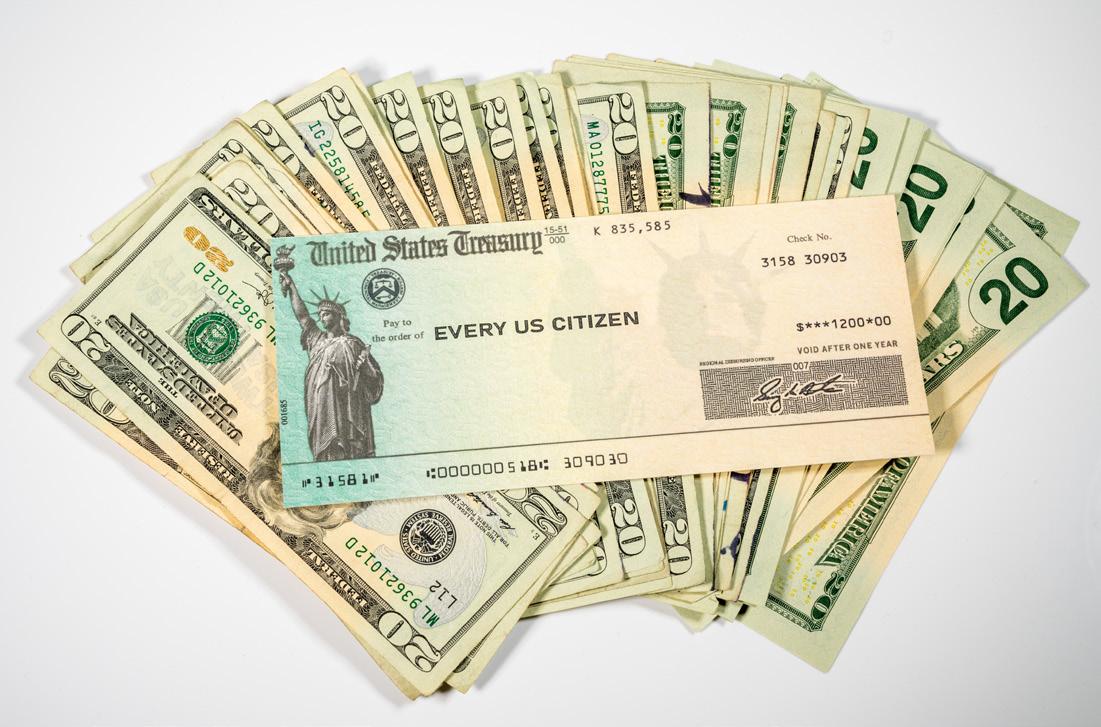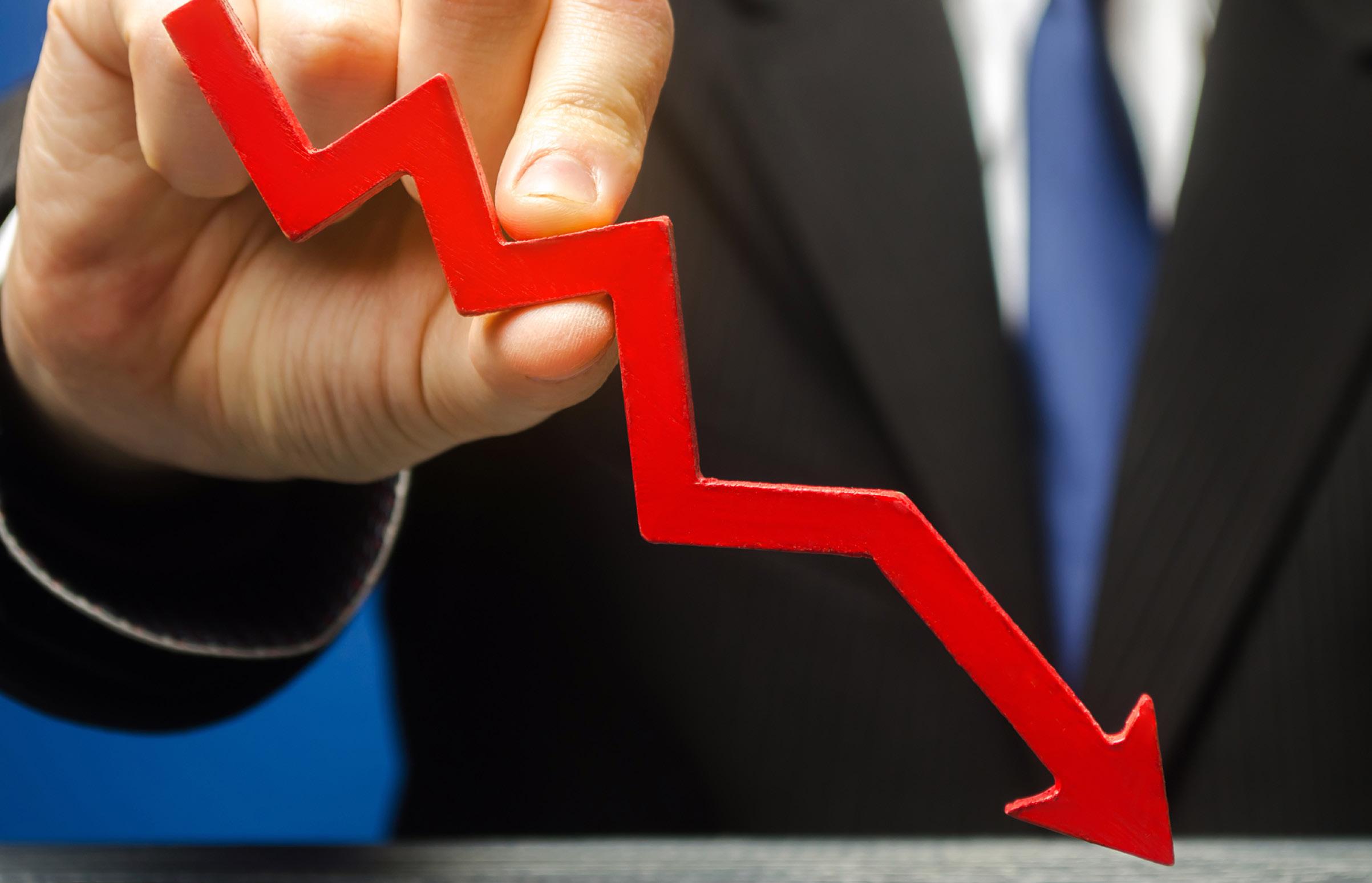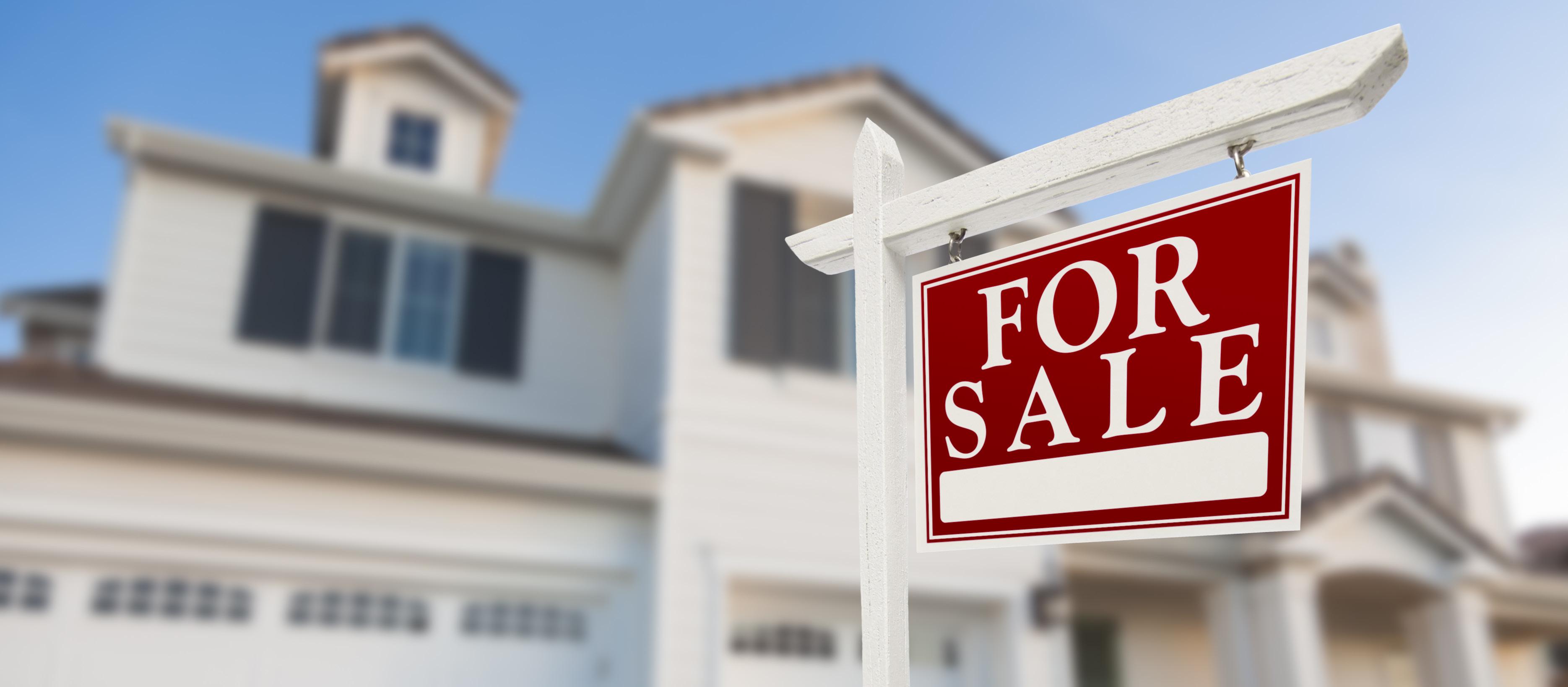
4 minute read
It is still very hard to get a mortgage
IT IS STILL VERY HARD TO GET A MORTGAGE! BUT IT’S GETTING EASIER
Before the year 2020, no one thought that the mortgage rates steadily creeping towards 3% would be a bad thing. Fast forward, a year later, everything seems relative! The rate for the 30-year mortgage plunging to 2.65% at the start of the year. As of early March, the rate was at 3.23% and seems to be steadily rising. It is safe to say that right now, we are trending in a rising rate environment. Even though the rates are ridiculously low, at some point, we all knew the ever-dropping rate would come to an end, we just didn’t know when!
LET’S TALK ABOUT GETTING A MORTGAGE TODAY
IT IS TOUGH! Buying a home or simply refinancing in 2020 was getting tougher by the day, and most consumer advocates cautioned that the fallout from the pandemic could worsen everything, hurting the homeowners so badly.
In the face of a pandemic, most big lenders in the country were already making changes in how they operate, raising further the bar for the borrowers. JPMorgan Chase raised its borrowing standards for mortgages, requiring that borrowers attain a 700 credit score and a 20 percent downpayment. A week later, Wells Fargo raised its bar to 720.
“The large banks, including JPMorgan Chase, are moving significantly to looking at credit risk and looking at loan portfolios where they need to assess potential delinquencies and possible charge-offs,” said Ken Leon, director of equity research at CFRA Research.
Data suggested that more lenders were putting strict measures like these into practice. There is perhaps a good reason for this, including cushioning against a housing crash. Mortgage Bankers Association reported that in March last year, the mortgage credit availability decreased sharply.
Most lenders cited the big drop -16 percent- to liquidity as most investors in Jumbo mortgagebacked bonds pulled back.
“There was a reduction in the availability of loans with lower credit scores and higher LTV ratios, and the largest pullback came from the jumbo and non-QM space,” said Joel Kan, an MBA economist. Non-QM is loans that fall outside the criteria for government purchase. “Lenders are making credit criteria changes to account for the increased likelihood of forbearance and defaults, as well as higher costs.” THE MORTGAGE LANDSCAPE IN 2021 Moving forward, we expect upward pressure on the rates. Right now we have a democratcontrolled congress following the win in Georgia. This effectively split the congress in a 50-50, but Vice President Kamala becomes the tiebreaker, which means congress will be democrat led by a very thin margin.

BUT WHAT DOES POLITICS HAVE TO DO WITH MORTGAGE RATES? Everything! It is a big deal as a Democrat-led Congress will pass stimulus and other spending deals more easily, which is critical for the rates.
Stimulus checks are not a bad thing, after all, it tends to lift the economy. When consumers spend more, businesses start hiring more people, unemployment rates drop but… at the risk of inflation rising. A hot economy may lead to inflation, which in turn is bad for the mortgage rates. Additionally, assuming the market recovers faster than expected-and all signs point to this, certainly, the FED will end the rate-reducing programs it launched post-COVID.
In addition, when the government goes big on expenditure, this means larger bond issuance. The mortgage rates are tied to bond prices and if the government floods the market with bonds, their
prices plummet and their interest rates rise.
Simply put, the more the government spends, the higher the mortgage rates. Remember Biden’s $1.9 trillion plan…?
WHAT ABOUT THE VACCINE ROLLOUT? Certainly, this is another factor that we have to consider as it has an effect on the mortgage rates. Most experts agree that the vaccines will be enough for every U.S. citizen adult by the summer of this year. When this happens, we reach a state called “herd immunity.”
Also, the caseload from the virus has dropped significantly, from 250,000 new infections daily to about 60,000 in a day in mid-February. We are approaching a new confidence level where everything is seemingly returning pre-covid period. When this happens, we expect to see a spike in travels, gatherings, and people going back to their offices, which could, in turn, lead to a spike in more than a year’s worth of pent-up demand for all kinds of services and good that was rendered dormant.
All these activities could lead to high inflation, and we know the effects of inflation on mortgage rates; these two are mortal enemies.
What you need to know about the relationship therein between inflation and mortgage rate is that the bonds that usually back the mortgage rates are very sensitive to inflation. In an environment where inflation is high, the bonds lose their value. This causes investors in such markets to flee any mortgage that is backed by securities. This further means these investors have to be drawn back in by the higher yields. The higher rates are then passed on to the mortgage consumers.
Right now, with all these factors at play, the rates have started rising and it is highly unlikely that they will go down to the mid-to-high-2s. This means at 3.23%, this might be the best ever rate we’ll see this year.

Data Sources:
https://themortgagereports.com/32667/ mortgage-rates-forecast-fha-va-usdaconventional https://www.noradarealestate.com/blog/ housing-market-predictions/#:~:text=In%20 2021%2C%20mortgage%20rates%20 are,will%20average%203.3%25%20in%20 2021. https://www.housingwire.com/articles/2021means-new-challenges-for-mortgage-lending/ https://www.forbes.com/sites/ advisor/2020/07/21/lenders-are-makingit-harder-to-get-a-mortgage-hereshow-borrowers-can-improve-theirodds/?sh=5734bc776598











